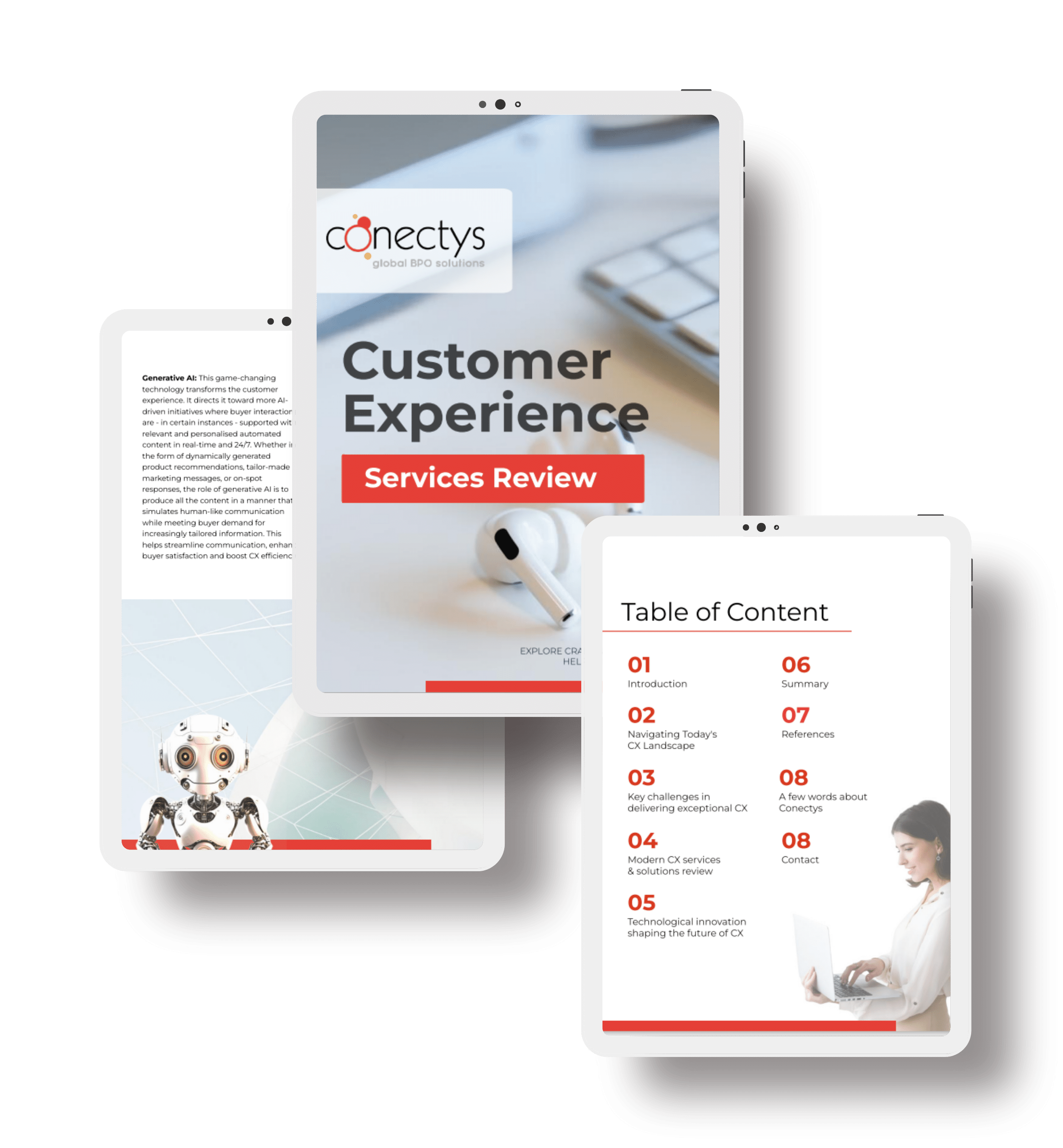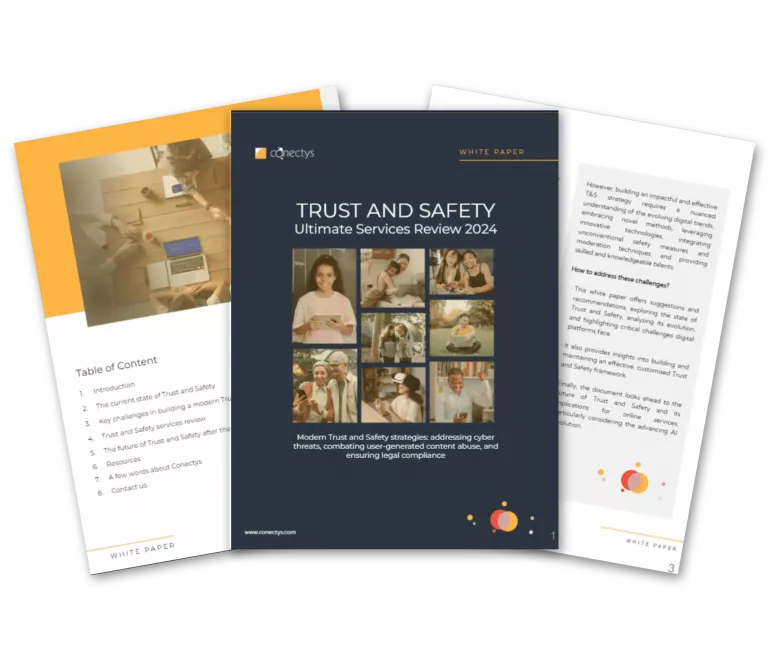Chatbot Definition: The Complete Guide
Understanding the chatbot definition is the first step for any business looking to leverage AI for customer engagement. With 80% of companies planning to use them by 2025, it’s clear these tools are essential for modern success. This guide will explore the complete chatbot definition, moving beyond simple explanations to show how these digital assistants have evolved from basic responders into sophisticated AI companions that transform business operations and customer interactions.
A Deeper Look at the Chatbot Definition
At its core, the chatbot definition is a software application designed to simulate human-like conversations through text or voice interactions. Think of it as your digital representative that never sleeps, never takes a break, and can chat with thousands of customers simultaneously.
The modern chatbot definition includes the use of artificial intelligence (AI) and natural language processing (NLP) to understand user queries and provide relevant responses. They’ve evolved far beyond simple rule-based systems to become sophisticated conversational partners. What makes today’s chatbots particularly powerful is their ability to integrate with existing business systems, access real-time data, and provide personalized assistance based on customer history and preferences.
Expanding the Chatbot Definition: Common Use Cases
The applications for chatbots are virtually endless, showing just how broad the practical chatbot definition has become. Here are the primary use cases that deliver real business impact:
- Customer support automation: Handle FAQs, troubleshoot issues, and provide 24/7 assistance.
- Lead generation and qualification: Capture visitor information and assess sales readiness.
- E-commerce assistance: Guide product selection, process orders, and track shipments.
- Appointment scheduling: Manage bookings, send reminders, and handle rescheduling.
- Internal operations: Support HR queries, IT helpdesk, and employee onboarding.
- Data collection: Gather customer feedback, conduct surveys, and analyze preferences.
The versatility of chatbots means you can deploy them across multiple touchpoints in your customer journey, creating consistent experiences that drive engagement and conversion.
How a Chatbot Works: The Technology Behind the Definition
Understanding how a chatbot works helps you make better implementation decisions. This sophisticated process, which is central to the modern chatbot definition, involves several key steps that happen in milliseconds:
- User Input Processing: When someone types a message, the chatbot’s NLP engine analyzes the text to identify intent, entities, and sentiment.
- Intent Recognition: The system determines what the user wants to accomplish.
- Context Management: Advanced chatbots maintain conversation history to understand follow-up questions.
- Data Retrieval: The chatbot accesses its knowledge base or connects to external systems via APIs.
- Response Generation: The chatbot formulates an appropriate, tailored response.
- Learning and Improvement: Machine learning allows the chatbot to continuously improve its understanding based on user interactions.
Types of Chatbots: From a Simple to a Sophisticated Chatbot Definition
The type of chatbot you choose will depend on your specific needs, ranging from simple to highly advanced. Each type represents a different layer of the overall chatbot definition.
Rule-Based Chatbots
These follow predetermined decision trees and scripted responses. While limited in flexibility, they’re perfect for handling straightforward queries and guiding users through structured processes.
Machine Learning Chatbots
These chatbots use algorithms to learn from interactions and improve their responses over time. They can handle more complex queries and adapt to new situations without manual programming.
AI-Powered Virtual Assistants
These represent the most advanced category, combining natural language understanding, contextual awareness, and deep integration capabilities to deliver human-like conversational experiences.
Chatbot vs. Virtual Assistant: Refining the Chatbot Definition
The debate between a chatbot and a virtual assistant often causes confusion. Understanding the distinctions is key to refining your own chatbot definition and choosing the right solution for your business.
| Feature | Chatbot | Virtual Assistant |
|---|---|---|
| Primary Function | Specific task automation | Broad personal assistance |
| Interaction Complexity | Basic to moderate | Highly advanced |
| Learning Capability | Limited to moderate | Advanced adaptation |
| Integration Scope | Websites, apps, messaging | Multiple devices and systems |
| Use Cases | Customer service, FAQs | Personal tasks, smart home control |
For most businesses, chatbots provide the focused functionality needed to automate customer interactions and internal processes effectively, which aligns with a business-centric chatbot definition.
Custom Chatbot Development
Custom chatbot development offers the flexibility to create solutions tailored specifically to your business needs. Unlike off-the-shelf options, custom development ensures your chatbot integrates seamlessly with existing systems and delivers experiences that align perfectly with your brand voice and a unique chatbot definition. The process typically involves requirements analysis, conversational design, NLP training, system integration, and extensive testing.
AI Chatbot Tools: Choosing the Right Platform
The market offers numerous AI chatbot tools for different needs. Key categories include:
- Enterprise Platforms: IBM Watson, Microsoft Bot Framework, Google Dialogflow.
- No-Code Builders: Chatfuel, ManyChat, Tidio.
- Industry-Specific Solutions: Platforms for healthcare, finance, and e-commerce.
- Integration-Focused Tools: HubSpot Chatbot, Salesforce Einstein.
Chatbot Script Examples: Crafting Effective Conversations
Well-written chatbot scripts are crucial for creating engaging interactions. Here are some proven templates:
- Welcome Message: “Hi there! Welcome to [Company Name]. I’m here to help you find what you need. What can I assist you with today?”
- Lead Qualification: “I’d love to learn more about your needs. What’s your biggest challenge with [relevant topic]? This helps me recommend the best solution.”
- Support Handoff: “I understand this requires more detailed assistance. Let me connect you with a specialist who can help.”
- Order Status: “I can check your order status. Please provide your order number or the email address used for your purchase.”
Chatbot Integration with CRM: Maximizing Customer Data
Integrating your chatbot with a CRM creates powerful synergies. This connection is a key part of a strategic chatbot definition for many data-driven businesses. When your chatbot connects to your CRM, it can access customer history, update records in real-time, and provide personalized assistance. This leads to automated data capture, personalized interactions, and seamless handoffs to human agents.
Multilingual Chatbot: Expanding Your Global Reach
A multilingual chatbot expands the standard chatbot definition to a global scale. It enables businesses to serve diverse customer bases without the complexity of multilingual support teams. These systems use advanced translation and cultural context understanding to deliver authentic experiences across languages, which is especially valuable for e-commerce and SaaS companies.
Chatbot Design Best Practices
Following chatbot design best practices ensures your assistant delivers value. Key principles include:
- Define a clear purpose.
- Map conversational flows.
- Develop a consistent personality.
- Implement graceful fallback strategies.
- Define clear human handoff points.
- Optimize for mobile devices.
Automated Chatbot: Streamlining Operations
An automated chatbot represents the most advanced form of the chatbot definition, going beyond simple Q&A to handle complex business processes without human intervention. These systems can manage entire workflows, from initial customer contact to task completion, including process orchestration, dynamic content delivery, and proactive engagement.
Chatbot Metrics: Measuring Success and ROI
Tracking the right chatbot metrics is essential for optimization and proving value. Key KPIs include user engagement rate, goal completion rate, human takeover rate, lead generation, and customer satisfaction scores. Regular analysis of these metrics helps prove the ROI of your chatbot strategy.
Chatbot Benefits for Business: The Bottom Line Impact
The benefits of implementing a solution that fits your company’s chatbot definition extend far beyond cost savings:
- Operational Efficiency: Automate routine inquiries to free up human agents.
- 24/7 Availability: Provide consistent, around-the-clock service.
- Scalability: Handle thousands of simultaneous conversations without increasing staff.
- Lead Generation: Capture and qualify prospects automatically.
- Customer Satisfaction: Improve loyalty with fast, accurate responses.
- Data Collection: Gather valuable insights from every interaction.
Companies implementing chatbots typically see a 30% reduction in support costs and a 25% improvement in response times within the first six months.
Ready to transform your customer experience with intelligent automation? Conectys’s multilingual chatbot solutions integrate seamlessly with your existing systems, delivering measurable results from day one. Let’s talk.


